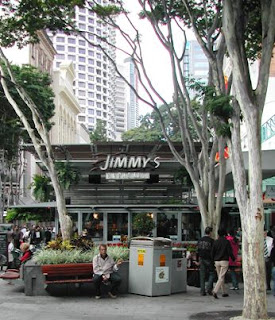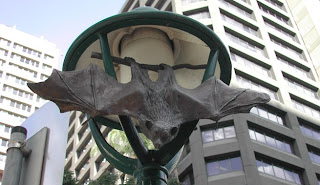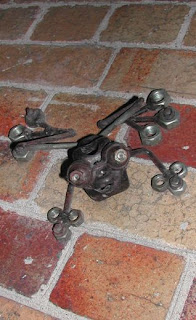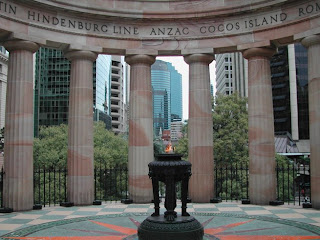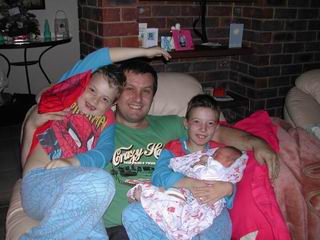
The Transcontinental Hotel is a historic pub located at 482 George Street opposite the Brisbane Transit Centre. Open from 10:00am until late each day, the complex offers restaurant, bars and a pokies gaming area. Renowned as both a live music and dance venue, as well as a great place to get cheap eats, the Trans, as it is locally known, has been a Brisbane pub institution for a number of years. I do not, however, believe the hotel currently offers accommodation.
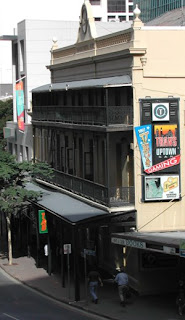 The Transcontinental Hotel has quite a long history with Brisbane. It was constructed in 1883-4 as a first class hotel for the city's gentry. It originally contained 27 bedrooms, seven public rooms, billiard room and a private bar over four levels, with the lower level being below street level. It was reputed to have one of the largest bar trades in Brisbane, with only the best liquor carried. Over the years, although the facade has remained largely intact, the interior has had significant remodelling.
The Transcontinental Hotel has quite a long history with Brisbane. It was constructed in 1883-4 as a first class hotel for the city's gentry. It originally contained 27 bedrooms, seven public rooms, billiard room and a private bar over four levels, with the lower level being below street level. It was reputed to have one of the largest bar trades in Brisbane, with only the best liquor carried. Over the years, although the facade has remained largely intact, the interior has had significant remodelling.
Today, the trans has several theme nights, changing from pub sports on Monday, music jam night Tuesday, funk and R&B Wednesday, university night Thursday, office Friday and differing varieties on Saturday and Sunday. The crowd is a mix of backpackers and tourists, the office set, and students, depending on which night you go. During happy hours the beer is cheap and flows regularly, and their pub meals are quite good value.
Cheers, I Love Brisbane, Wes.
Click Here for the Google Map Reference for this post.









